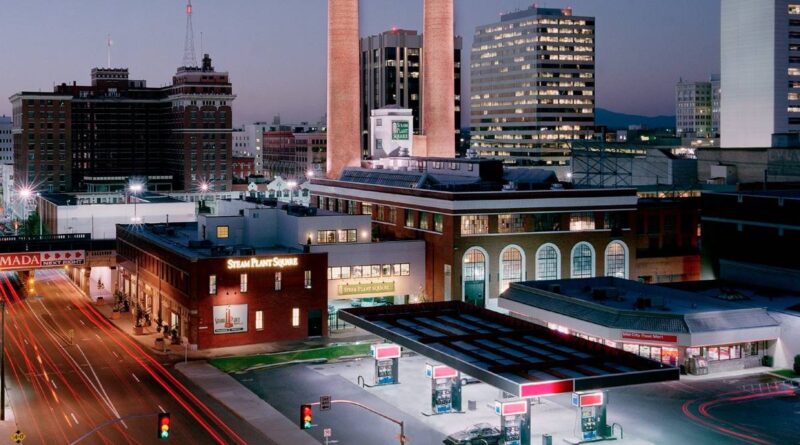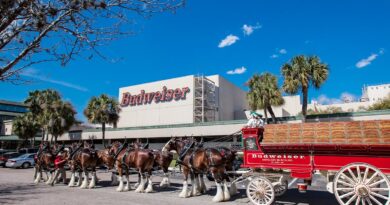Steam Plant In Spokane Washington
The Steam Plant in Spokane, Washington is a unique and historic landmark that has become a popular destination for both locals and visitors. The building, which was originally built in 1916 as a steam plant for the Spokane Falls & Northern Railroad, has been transformed into a restaurant, brewery, and event space. In this article, we’ll delve into the rich history of the Steam Plant and explore how it has evolved over the years.
The construction of the Steam Plant began in 1914, and it was completed two years later. At the time, it was the largest producer of steam heat and power in the entire Pacific Northwest. The plant provided energy to the surrounding area, including the nearby train station, the city’s streetcar system, and many downtown buildings. The plant’s two massive boilers, which were capable of producing 1,200 horsepower each, generated steam that was distributed through a system of underground pipes.
In the 1980s, the Steam Plant was decommissioned as a power plant and sat unused for many years. However, in 1996, a group of local developers began a massive renovation project to transform the building into a restaurant and event space. The renovation took three years to complete, and the Steam Plant reopened in 1999 as a state-of-the-art facility.
Today, the Steam Plant is a popular spot for locals and visitors alike. The main dining area is housed in the old boiler room and features exposed brick walls, steel beams, and huge pipes that once carried steam throughout the building. The menu at the Steam Plant features a variety of dishes, including burgers, sandwiches, salads, and more. In addition to the restaurant, the Steam Plant also features a brewery that produces a variety of craft beers.
The Steam Plant has also become a popular venue for events such as weddings, corporate functions, and other private parties. The building’s unique industrial-chic atmosphere provides a one-of-a-kind backdrop for any occasion.
The Steam Plant in Spokane, Washington is a fascinating example of adaptive reuse, where a historic building has been transformed into a modern space while still retaining its original character. The plant’s rich history as a power producer in the Pacific Northwest is now complemented by its status as a popular restaurant and event space that attracts visitors from around the world.
Discover more from City Towner
Subscribe to get the latest posts sent to your email.




